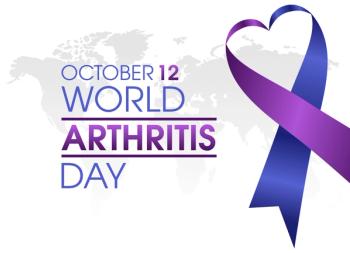
Dr Ruben Mesa Outlines the Quality-of-Life Impact of Myelofibrosis
Patients with myelofibrosis can see their quality of life impacted in a range of ways with various symptoms, said Ruben Mesa, MD, director of UT Health San Antonio MD Anderson Cancer Center.
Patients with myelofibrosis can see their quality of life impacted in a range of ways with various symptoms, said Ruben Mesa, MD, director of UT Health San Antonio MD Anderson Cancer Center.
Transcript
What is the quality of life like for patients with myelofibrosis? How does it negatively impact them?
Quality of life in patients with myelofibrosis is really impacted in a range of ways. You know, first, they can have a degree of cytopenia-related difficulties. With anemia, they can have shortness of breath, fatigue, they can have thrombocytopenia, have increased risk of bruising, bleeding, etc.
Second, there's a whole range of what we believe are cytokine-related symptoms that they have from the disease. That can be inadvertent weight loss, night sweats, cachexia itching, things of that nature.
Third, if the counter high they can have vascular-related side effects: difficulties with headaches, concentration, complex migraines, etc.
Next, they may have potentially difficulties related to their spleen issues. Patients can sometimes have massive splenomegaly and with that they can have early satiety, they can kind of worse in that disease-associated weight loss, or they can have pain, discomfort, and derivative to these, they can have a lot of difficulties with insomnia and things of that nature.
It's really a whole range of things. Overall, we find that almost 90% of patients with myelofibrosis are symptomatic from their disease, some of them in a very severe way. And the individual pattern of symptoms is obviously somewhat unique to each patient.
Newsletter
Stay ahead of policy, cost, and value—subscribe to AJMC for expert insights at the intersection of clinical care and health economics.
















































